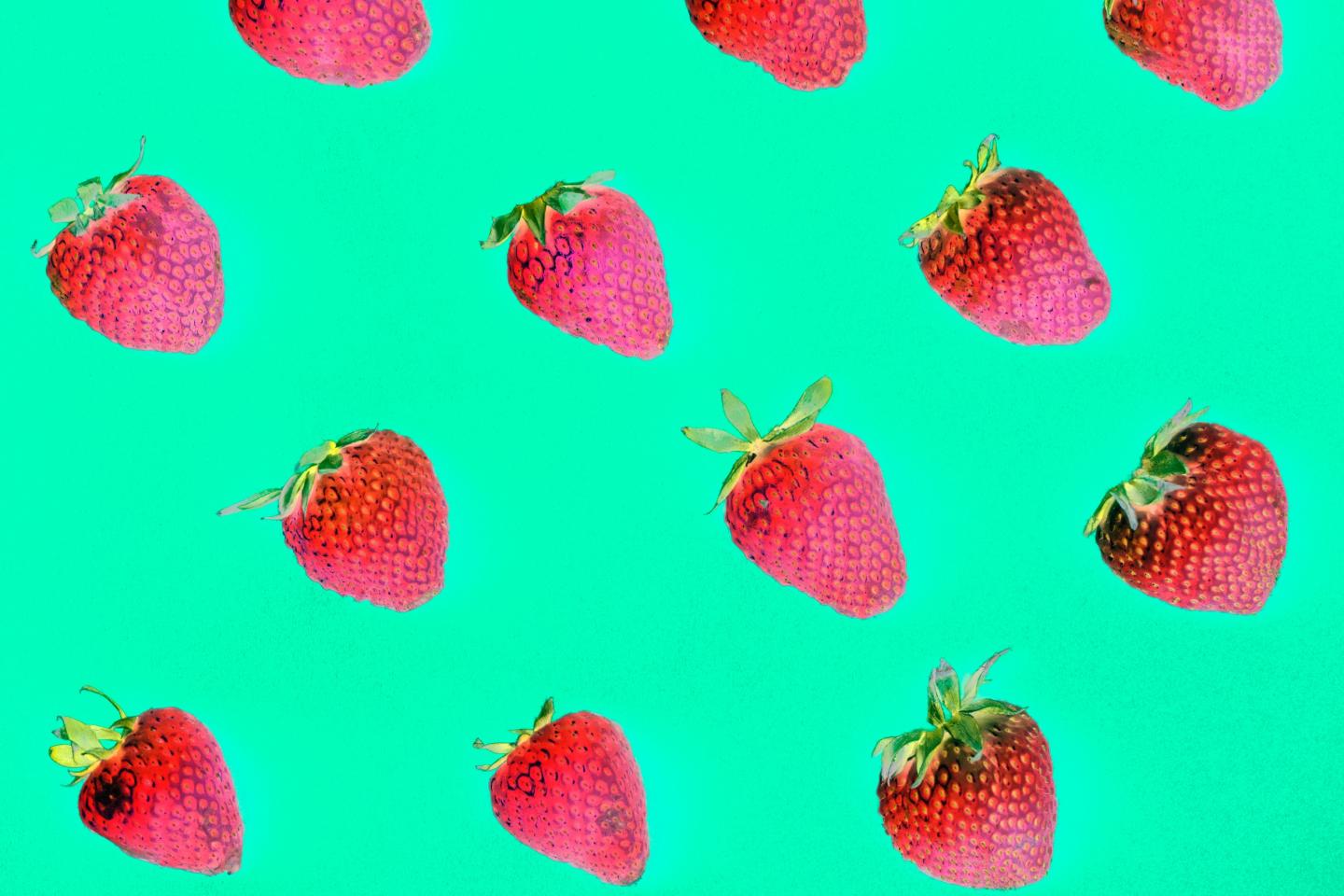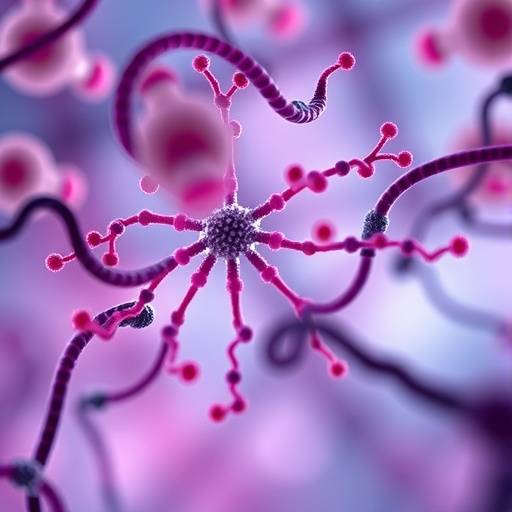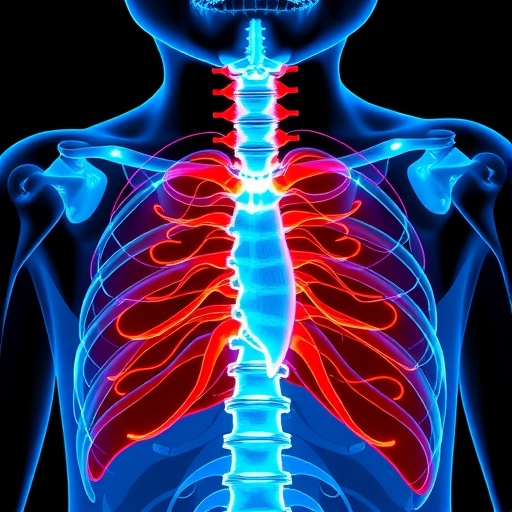Borrowing a natural recipe for sugar synthesis

Credit: Photo by rawpixel on Unsplash
Today, sugar has a villainous reputation. And while too much of the sweet stuff should be avoided, all living things need sugar to survive. “The biological universe is coated with sugars,” said Samuel M. Levi and Qiuhan Li, graduate students in Harvard University’s Department of Chemistry and Chemical Biology. “Cells, bacteria, viruses and other organisms use sugars as a means of communication, recognition, and even defense.” Nature literally runs on sugars.
Yet, like overzealous nutritionists, synthetic chemists usually avoid sugars. Nature, an expert chemist, can shift the sweets from one molecule to another with enviable finesse. But in the lab, scientists struggle to attach just one sugar molecule to another chemical unit, a process known as glycosylation. Researchers rely on this method to study biological processes and to create such important substances as pharmaceuticals and vaccines.
According to Levi and Li, “many methods to perform chemical glycosylation exist, [but] their use remains reserved for experts in carbohydrate chemistry.” So, to extend this expertise to non-specialists, the team looked to nature for guidance.
On its own, nature carries out glycosylation, and also makes DNA, RNA, proteins and other polymers with the help of phosphates. To induce glycosylations in the lab, most synthetic chemists choose faster-to-react halides and sulfinates over phosphates. So, while nature’s choice may be slow to react, they’re far more stable than the lab go-tos. What’s more, enzymes–the tiny sparks that ignite a reaction–can easily recognize phosphate-monomers, speeding the path to reaction and product.
But, until recently, researchers have failed to capitalize on these natural advantages. If an ingredient is slow to react, chemists give it a shove, often in the form of heat, energy, or a well-designed catalyst. Phosphates need a shove; and, without a suitable catalyst, scientists usually use high, volatile temperatures. Outside the lab, natural reactions use phosphates without the fiery fuss, but like a proud chef, nature guards her chemical secrets well. Now, in a paper published in the Proceedings of the National Academy of Sciences, Eric Jacobsen, Professor of Chemistry and Chemical Biology, along with Levi, Li, and Andreas R. Rötheli, have unearthed a natural secret: a “precisely designed hydrogen-bond-donor catalyst.”
The team discovered that, with this sturdy catalyst, phosphate binds “19 times more strongly than the chloride,” another common reaction ingredient. And, it can attach sugars to amino acids, natural products, and drug-molecules “under mild, neutral, and user-friendly conditions,” Levi and Li explained. With their method, the catalyst delivers a necessary but gentle nudge, coaxing phosphate to get to work.
There are, as always, limitations to the method: Sometimes, it needs coddling with tailored reaction conditions and substrates. Also, it requires the use of a fairly complicated catalyst by small-molecule standards, one that requires over 10 laboratory steps to synthesize.
Moving forward, the team plans to expand their method’s repertoire to include new types of sugars, especially the most stubborn of their ilk (mannosides, rhamnosides, and furanoses, for example). To share their (and nature’s) secret, they also intend to commercialize the catalysts, enabling widespread use. In the meantime, their method could create sugars that provide crucial biomedical benefit, like new vaccines and drugs to treat numerous human disorders and diseases, even cancers. It’s clear that, like synthetic chemists, we need sugar. Too much may damage our health, but the right amount could help heal us.
###
Media Contact
Caitlin McDermott-Murphy
[email protected]
617-496-2618
Original Source
https:/
Related Journal Article
http://dx.




